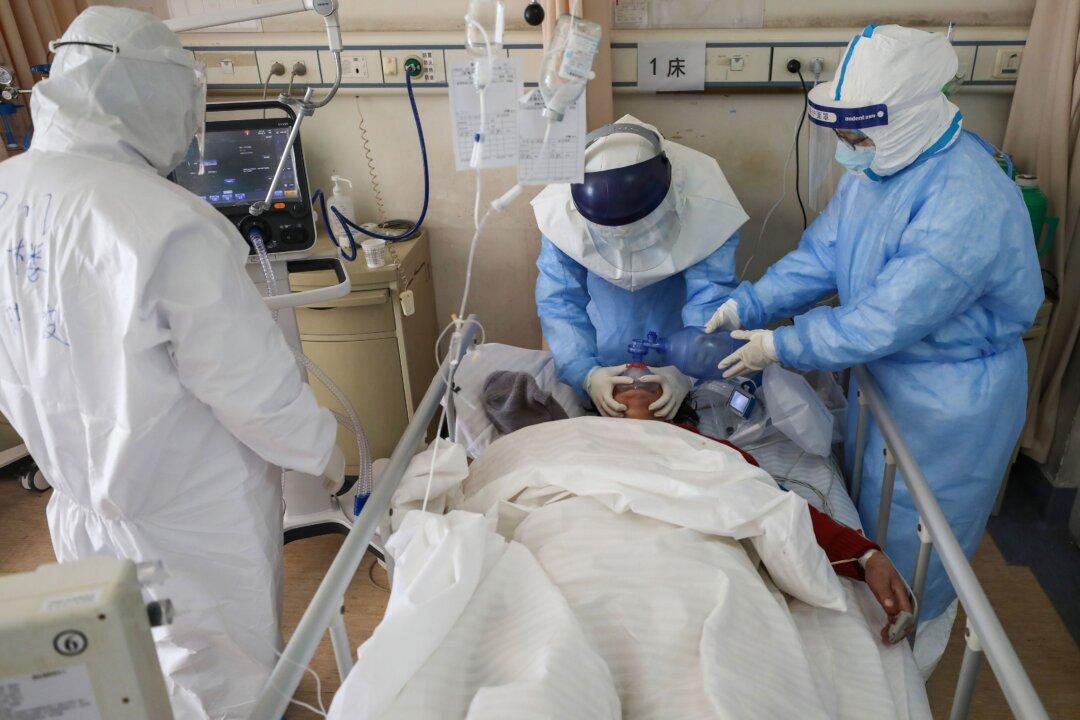A new study by Chinese researchers published in the Journal of the American Medical Association has provided fresh evidence that the coronavirus disease, dubbed COVID-19, can be spread asymptomatically, suggesting that preventing the virus may prove to be a challenge.
The study, published on Feb. 21, confirmed that a 20-year-old woman from the central Chinese city of Wuhan, where the disease first broke out, traveled 400 miles north to Anyang City in January, where she infected five members of her family.





